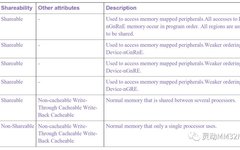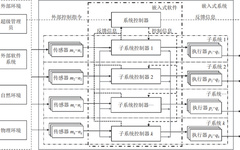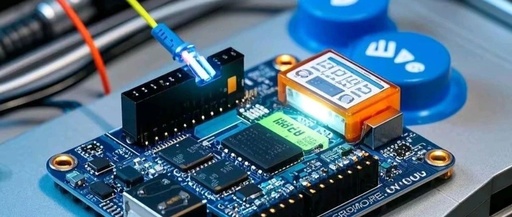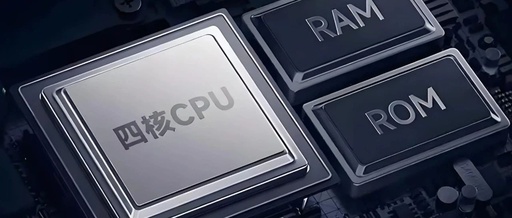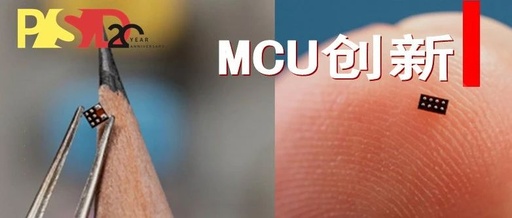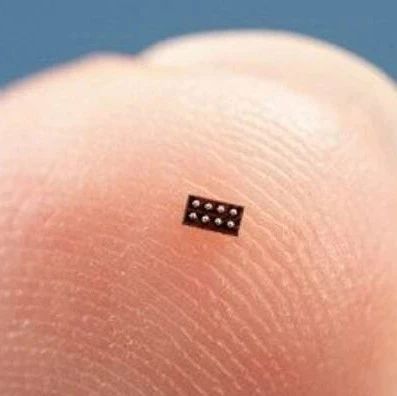Exploring the Endless Charm of Linux: Start Your Journey with the Open Source Operating System!
Linux | Red Hat Certified | IT Technology | Operations Engineer 👇 Join the technical exchange QQ group with 1000 members, note 【public account】 for faster approval 1. The Origin and Development of Linux 1. Initial Motivation: Linux is a powerful open-source operating system developed and released by Linus Torvalds, a student at the University … Read more

